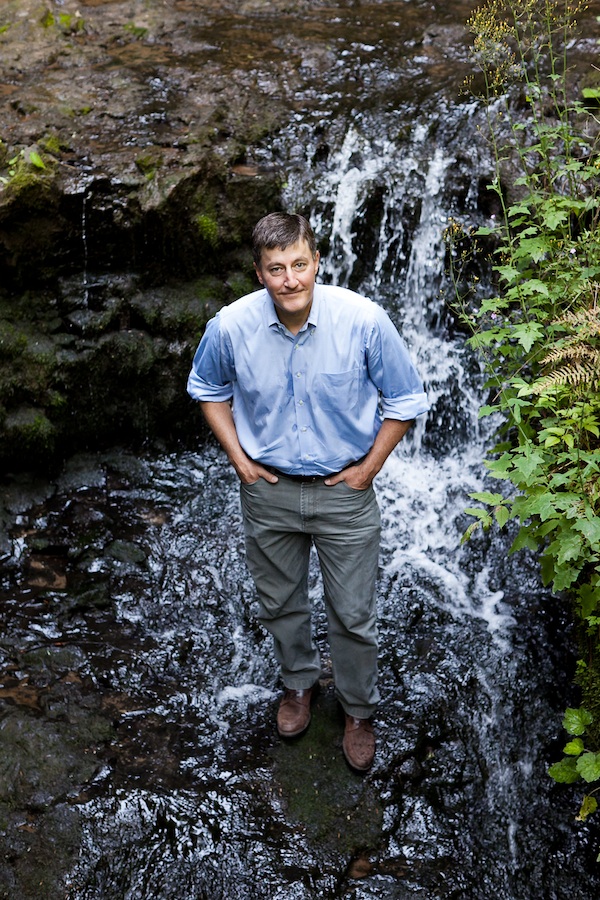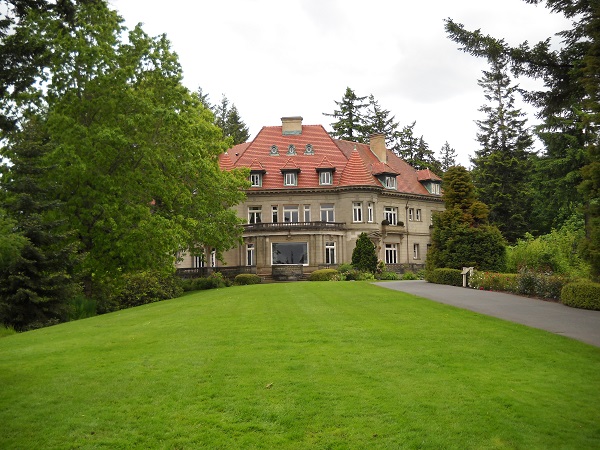written by Joe S. Louis | featured photo by Andrea Lorimor
John DeVoe and his ten-year-old son, Will, climbed the banks of the Deschutes River toward Imperial River Company, wet from paddling a section of the Deschutes in Maupin.
For the past decade, DeVoe has been the executive director of WaterWatch, an Oregon nonprofit dedicated to protecting natural flows in Oregon rivers while fighting wholesale diversions of water for irrigation, and industrial and municipal purposes.
This float along the Deschutes River was in celebration of his son’s recent graduation from fifth grade, but also an opportunity to step back and reflect on the work WaterWatch has done in the Deschutes River Basin.
Growing up, DeVoe spent a lot of time outdoors in his home state of Indiana. Over the years, he witnessed the places he had treasured get churned up and platted with subdivisions.
“I became interested in what the effects of loss of habitat were on plants and fish, and why development was occurring without much thought about the world around us,” he recalls.
After graduating from law school at Indiana University in 1990, he took a job offer to practice environmental law at a firm in Portland. DeVoe had led cycling trips in British Columbia as a teen and always wanted to come back out West.
He worked for the firm for twelve years before being hired by WaterWatch—an opportunity that he describes as serendipitous. His years at the law firm had their successes, but there were cases in which he felt his clients would never be satisfied.
“I reached a point in my life where I wanted to work for conservation, and it was time to make the switch,” he explains. “It was never going to be easier.”
WaterWatch was formed in 1985 by a group of anglers led by Tom and Audrey Simmons who sought to restore fish habitat in the Rogue River Basin. They soon discovered that in high season more water flowed into irrigation canals than into the streams they were trying to restore. Their research led them to Salem, where they discovered that the state gave water rights to agricultural, municipal and industrial interests for free, without considering how the allocations would affect fish, wildlife and the general public.
“Before WaterWatch was formed, the state had never denied an application for water on the basis that it wasn’t it available,” DeVoe says. “That is no way to manage a scarce resource in a sustainable way.”
One of the nonprofit’s first major successes came in 1987, with the State Legislature passing the Instream Water Rights Act. This bill put fish and other river wildlife on equal legal footing with the water demands of farmers and cities. WaterWatch used the power of this new law in the Rogue River Basin to foment one of the largest instream water transfers and river restoration projects in the history of the West.
The Rogue had historically been the biggest salmon producer in Oregon outside of the Columbia River, but a set of obsolete dams with poor fish passage prevented most salmon from making their way up river to spawn. When the Grants Pass Irrigation District (GPID) along the Rogue requested more water from the state to fill its irrigation canals at Savage Rapid Dam in 1988, WaterWatch challenged that using state law and the Endangered Species Act to protect Coho salmon in a case that was eventually resolved in federal court. “It became an ideological battle. What does progress look like; is it a free flowing river, or one that we’ve harnessed and controlled, and one that we’re using for various other purposes?” reflects DeVoe.
In the end, everybody won. WaterWatch and GPID worked together to remove the dam and replace it with pumps, resulting in an estimated 100,000 more steelhead and salmon in the basin, and permanently transferring 800 cubic feet of water per second back into the Rogue River. The Savage Rapids case created the momentum to remove three other obsolete dams in the basin in a two-year period. “Altogether, this is probably the most significant river restoration campaign in the nation,” says DeVoe.
WaterWatch also played an integral role in protecting some of the flows in the Deschutes River and relicensing agreements for the Pelton Round Butte hydroelectric dams.
“I think about streams around Oregon that are protected or are in much better shape than they were previously because of projects that we were involved in,” he says. “That makes me very proud when I go to bed at night.”
Learn more about WaterWatch at waterwatch.org









